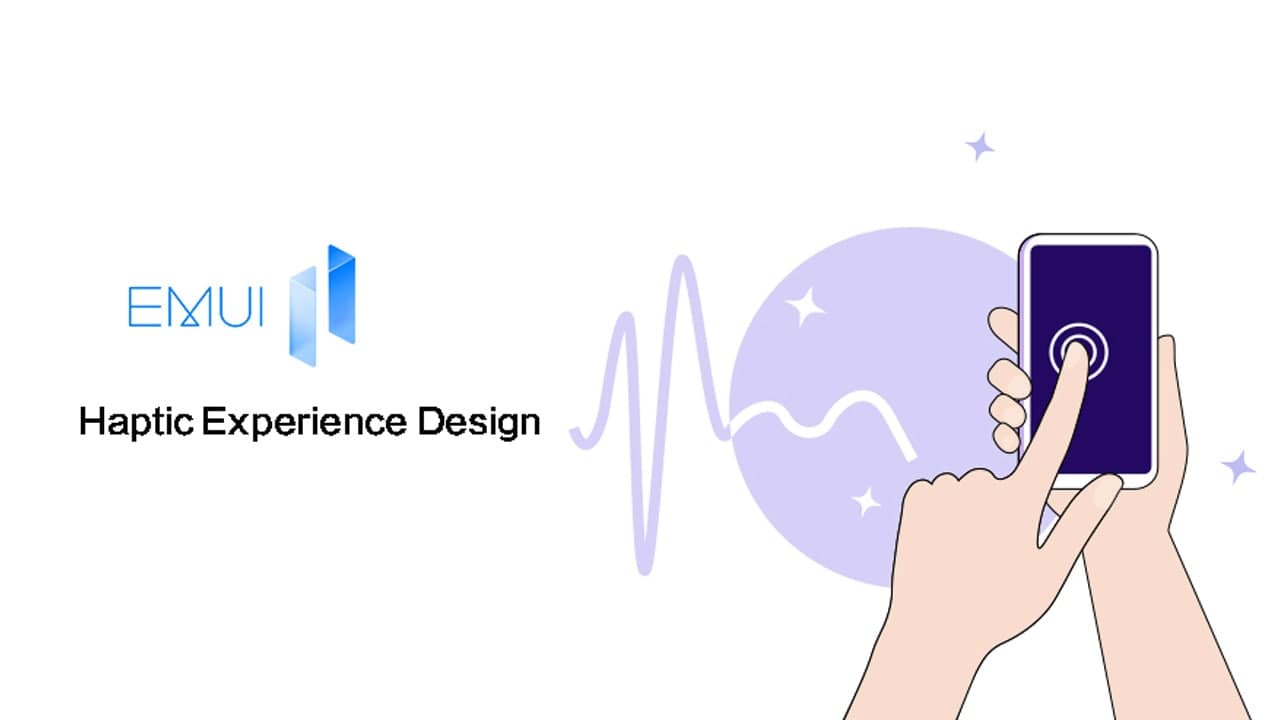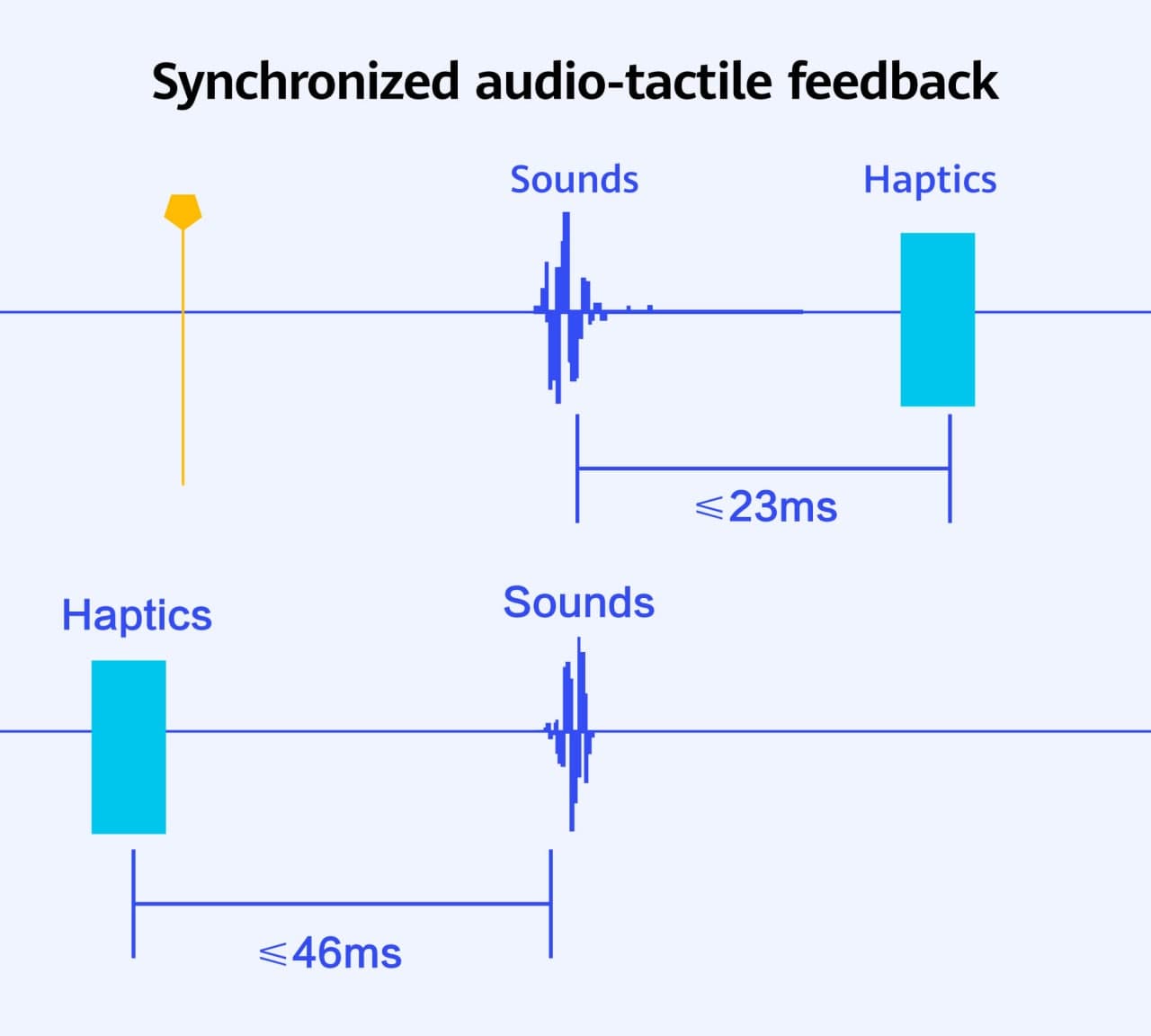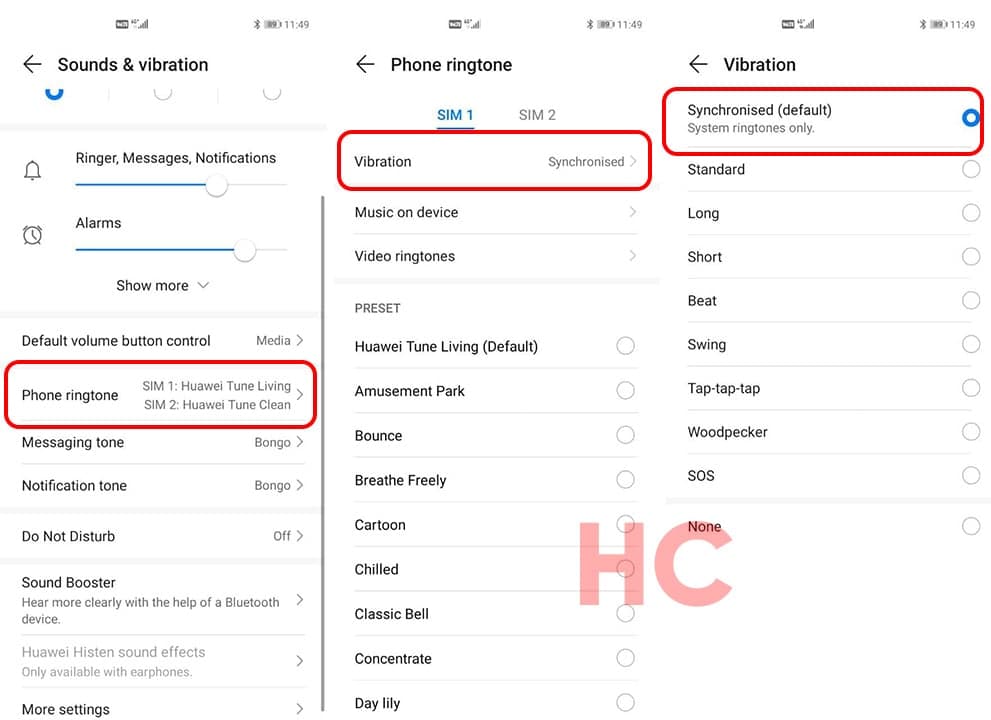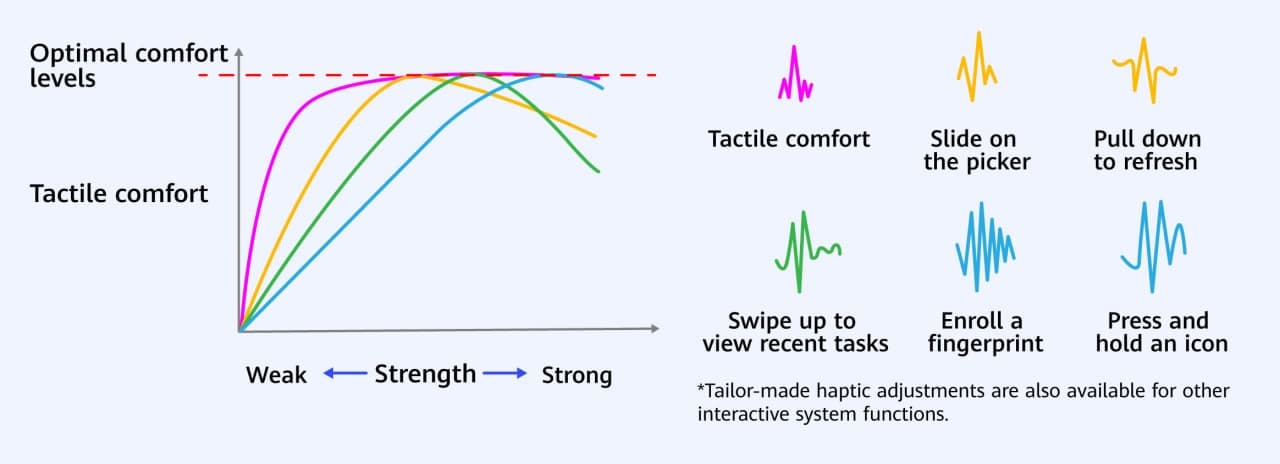Tips & Tricks
EMUI 11 Feature: New Haptic experience for touch interactions and ringtones
Smartphones have evolved so greatly even became an integral part of our daily lives, moving on from the keypad system, your phone brings the information you need in just a few touches.
Touch interactions are very crucial to the way you input or retrieve the data on your smartphone. Touch is actually a two-way sense, sending out and taking in information from our surroundings. That’s why it has been such a major area for researching smartphone user experience, having facilitated the development of intuitive navigation and interactions that travel through the fingers and provide for multisensory immersion.
In the past, Huawei has tried to improve the overall touch response along with the user interface. With EMUI 11, Huawei introduced the new Haptic Experience Design, which further enhances the screen touch and alert experience.
New Ringtone Experience:
Rhythmic Ringtones function is a prime example. It induces the phone to vibrate according to the rhythm of an incoming call ringtone or alarm, engaging the user’s senses of touch and hearing to heighten the navigation experience and notification effectiveness.
Through in-depth research into human factors, it is determined that tactile perception and auditory reaction do not occur at the same time and that targeted processing must be designed to synchronize the audio-tactile stimuli.
The vibration pattern has also been customized to generate different needs of various features.
Now, EMUI 11 has matched the ringtones with stronger vibrations, so you won’t miss a call or an alarm. Furthermore, users can also check a number of different vibration rhythms according to their preference.
To enable synchronized experience:
- Open Settings
- Sound & vibration
- Phone ringtone
- Vibration
- Select Synchronized
Touch Interaction:
Of course, it’s always important to do it just right, no more, no less. So Huawei’s software engineers applied fine-tuned calibration to ensure that the vibrations don’t test the user’s patience.
Over 51,000 participants were engaged in a rigorous round of user experience tests, to study the relationship between feedback strength and comfort (as seen in the graph on the left). The vibration pattern and strength were then meticulously tweaked for each usage scenario (as shown in the image on the right) to ensure optimal tactile comfort at all times.
(Via – HuaweiCommunity)











